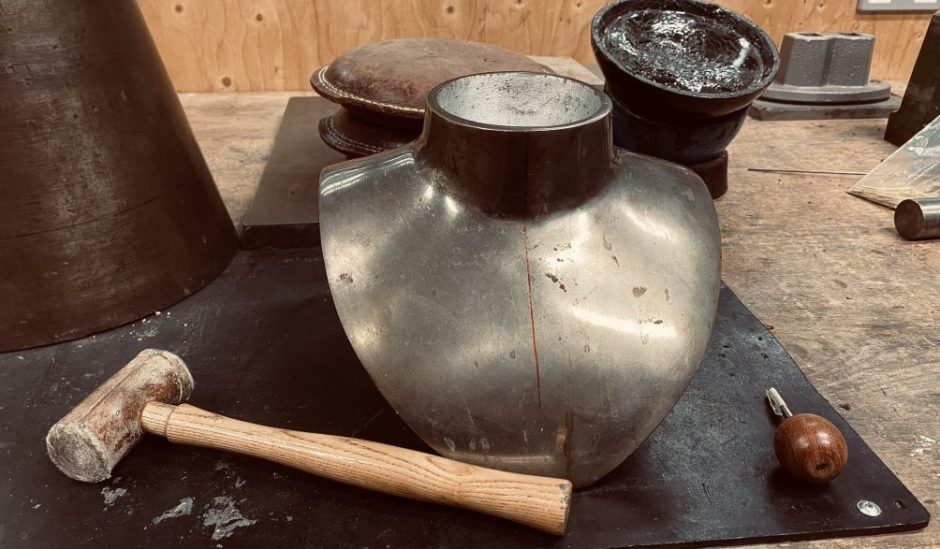Contextual Background
I’ve been a Technical specialist in Jewellery design at Central Saint Martins for 20 years. In this case study I’m planning to look at the collecting and dissemination of technical information that often come up within tutorials and in what way could this be collated for others to use.
Evaluation
Throughout the year there is many times where a students question becomes a small journey into dynamic technical areas that are often new practice for us in terms of a processes never encountered or simply one rarely implemented.
These events are often looked at in hindsight as points where capturing the event or documenting it for other staff and students would have been invaluable as a launching point for later projects or a journal into what worked and what didn’t.
There is a definite lack of a collaborative element in the way we still teach and share information on what we’ve found within a process in education and with a cornucopia of information available online and in the way we share through social media we need to tap into this to inform others of our findings.
Students are encouraged to keep a technical journal but I feel this valuable resource is under used and there may be potential for students to contribute to the database by uploading their notes or findings for the process either during or at the end of the academic year.
This would be a great way to encourage the the spirit of community based learning where students learn from each other and reference each others work.
Moving Forward
A multi faceted approach is needed to blend traditional and modern collaborative platforms to produce a depository of information and learning resources that is continuously being added to and moderated by the technical department within the Jewellery Design course.
Perhaps knowledge sharing sessions could be introduced one a month within year groups over a lunch break for students to share a 5-10 minute example of something they’ve worked on or learned from their own experiences.
We already record many of the inductions and technical teaching sessions by using our purpose build recording suit but this needs to be expanded and perhaps have some extra mounting arms in different parts of the studio for students and staff to attach phones to record processes.
A teaching session in the first year and perhaps one per year about methods of recording and documenting. This might involve journal keeping, blog writing in the most common used formats and basic video editing in Adobe as all students have access to the creative suite.
All of this could be tied together with a teaching session on the potential of collaboration and how constructive documenting and sharing of work is to the expansion of knowledge in creative fields.
‘Padlets’ would provide a user friendly interface where students could post their findings through video, image uploads and observations and possibly share some of their technical journal work and answer each others questions.
The journey of teaching is as much peer to pear as professional to student. Traditional methods now need to be enhanced to benefit the diverse student body and the multifaceted ways that is needed to meet students preferred modes of learning. ( Tomlinson 2003 )
Reference
Tomlinson, C.A. et al. (2003) ‘Differentiating instruction in response to student readiness, interest, and learning profile in academically diverse classrooms: A review of literature’, Journal for the Education of the Gifted, 27(2–3), pp. 119–145. doi:10.1177/016235320302700203.
